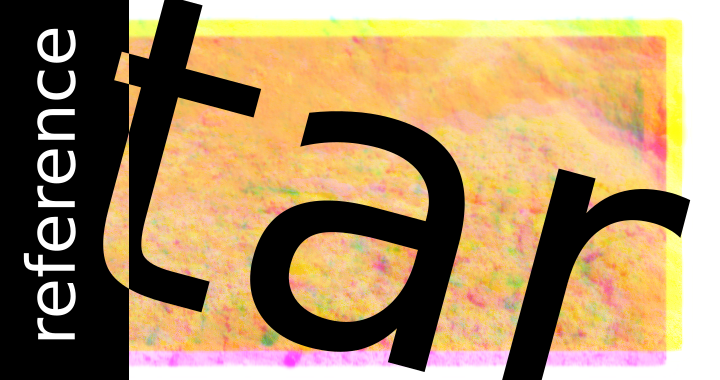You’d think I’d just learn how to use this, but I suppose I use it so infrequently that I just can’t remember it. So here are my quick “go-to” tar references.
uncompressing
tar -xzvf filename.tar.gz x:- eXtract z:- parse through gzip v:- verbose (show files) f:- file archive
archiving/compressing
tar -cf archive.tar file1 file2 dir1 tar -czf archive.tar.gz file1 file2 dir1
notes to above:
- you don’t HAVE to run the archive through gzip, although there’s no real reason not to. If you chose just to archive without compression, it merely means your file will be larger. This may or may not be a big deal
- you [b]must[/b] specify a file archive (-f option), not specifying a file is an unrecoverable error and tar will exit
- recursion is on by default, so if a directory name is specified, recursion will occur. To override that option specify (–no-recursion). Alternatively, if recursion is turned off within the environment it can be re-instated by stating (–recurse).
show me the contents
What if you just want to look at what’s in the archive?
Do a test (-t / –list) run.
tar -tvf archive.tar
This will output (list) the files to stdout without extracting the contents. Useful to see what’s in the archive.
Other useful options:
Here are just a few other useful options and command line usage options to tar that I find useful.
C:- Change to directory and extract at that location
–strip-components=1 :- use this if you need to remove the baseline directory from the archive
